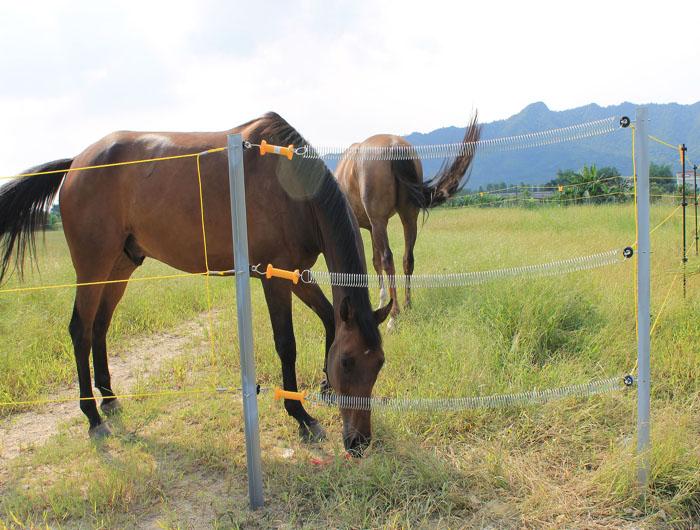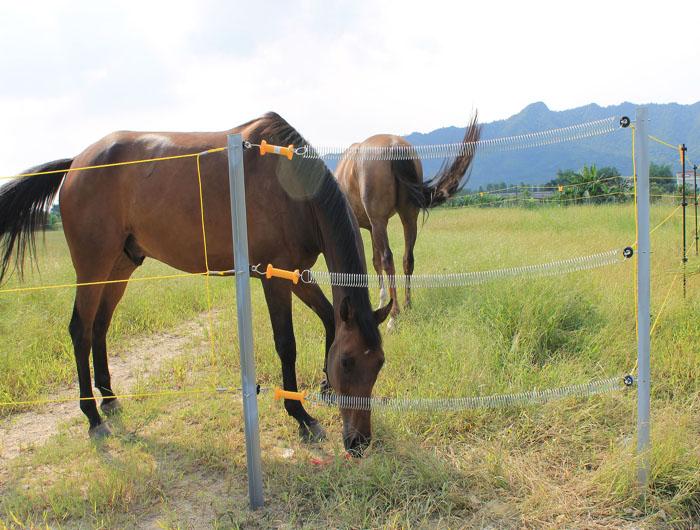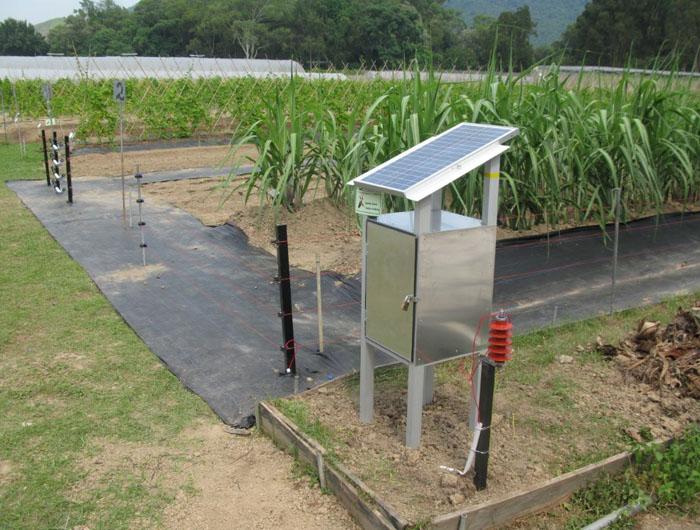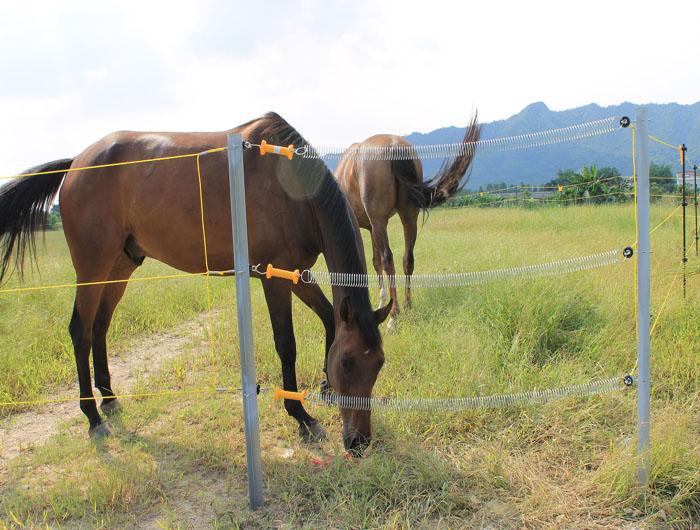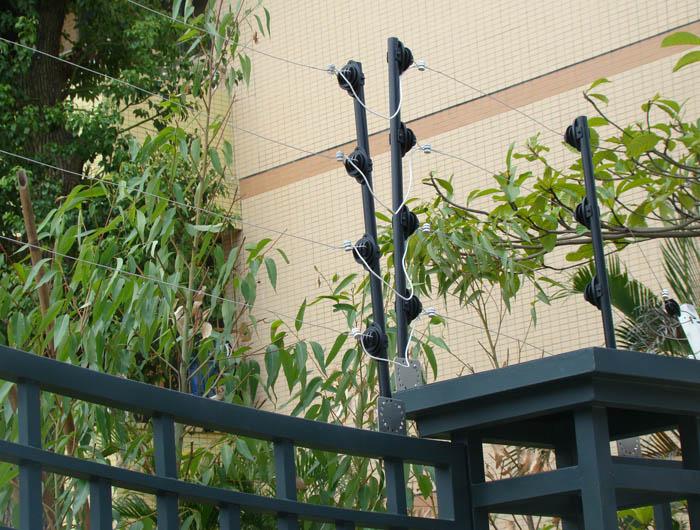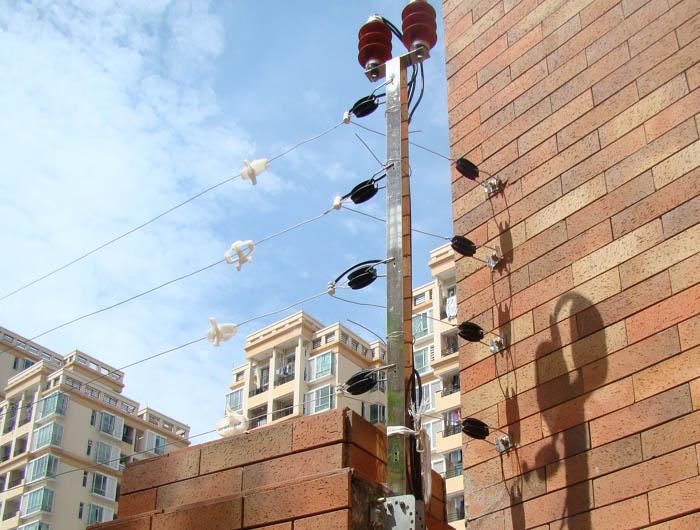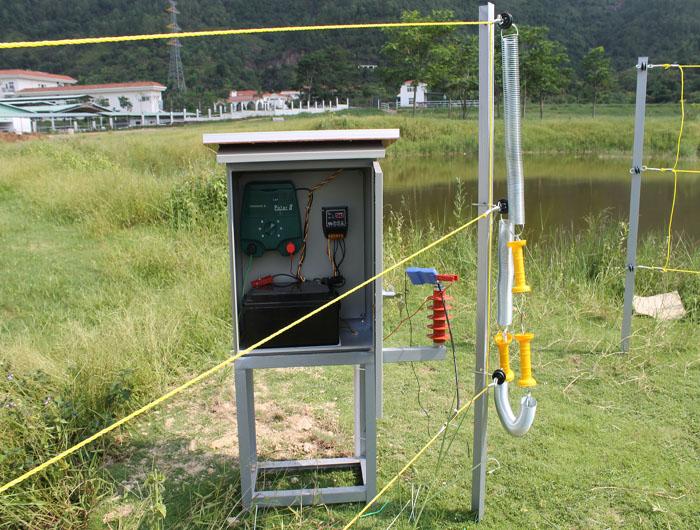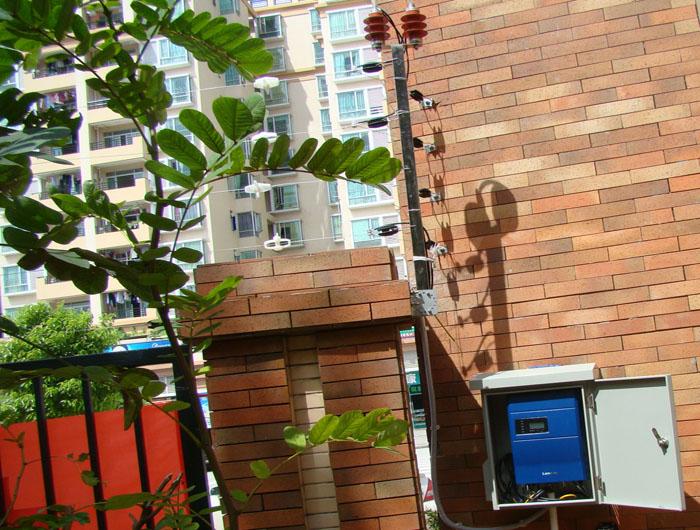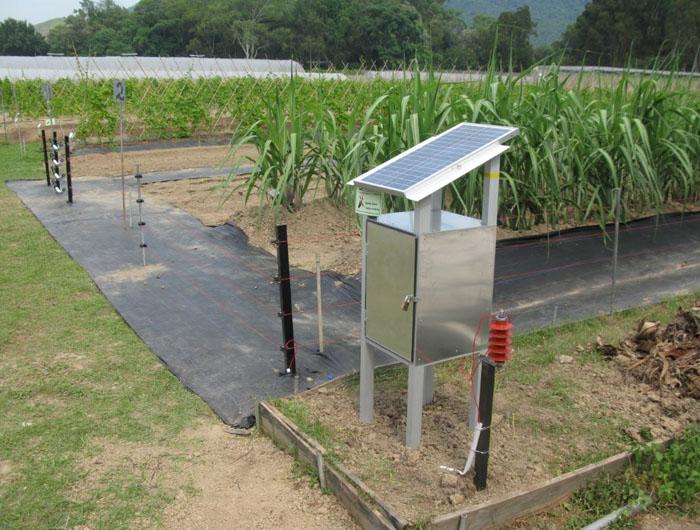An
electric fence consists of one or more strands of bare steel wire charged to
deliver a convincing (but short-lived) electric shock when touched. You can rig
anything from a one-strand rabbit barrier around the carrot patch to a “Down
Under” multistrand, high-tension fence that carries enough voltage to keep a
whole county of winter-hungry deer from your young fruit orchard. I’ll tell you
how to design, install, and maintain the electric fencing that’s best for your
place . . . or your places. That’s another advantage of electric fencing:
Country people do move from time to time, and electric fence is the only form
of barrier that is readily transportable.
The Fencer
The heart of an electric fence is
the charger, or fencer (Figure 1)., which combines an electrical transformer
with a timing mechanism to develop those short, sharp shocks. The current can
come from a 6- or 12-volt DC battery, a small photovoltaic system, or from
(greatly modified) 110-volt AC household current. The most persuasive chargers
are the low-impedance “Energizers” used to electrify sheep fence by the
hundred-mile leg in the Australian outback. These turn 110-volt AC power into pulses
of 3,000 volts at 30 amps-almost a hundred thousand watts of power and enough
to turn a whole herd of sheep into shish kebab were each pulse not limited to a
few ten-thousandths of a second. The typical domestic
line-powered charger develops only about 4,000 volts at half an amp. This two
thousand watts is also a potentially dangerous charge, but each pulse (they
come on 50 to 60 times a minute) lasts less than a thousandth of a second.
Battery — powered fencers have less oomph behind them, so they release longer
pulses — lasting about a half-second each — at a fraction of an AC unit’s
voltage.
Output
energy (in joules):
This
is the maximum energy of a pulse supplied by the energiser to the fence. The
higher the output energy, the stronger the electrical pulse to the animal, and
the more easily vegetation is destroyed.
- Energisers
with low pulse energy (less than 0.5 joules) are suitable for easily
herded animal species and short fences with no or light grass growth.
- Energisers
with medium pulse energy (1 to 5 joules) are suitable for hard-to-herd
animals and especially for fences with normal grass growth.
- Energisers
with high pulse energy (over 5 joules) are specially designed for long
fences with heavy grass growth.
- Energisers
with MaxiPuls technology provide a powerful pulse for maximum energy to
the end of the fence and consistent performance in extreme fencing
conditions.
“a day is a miniature of eternity.”
— emerson

